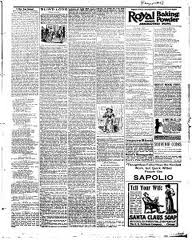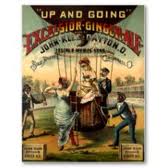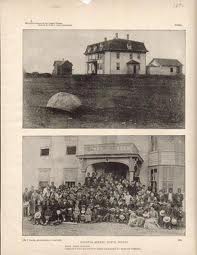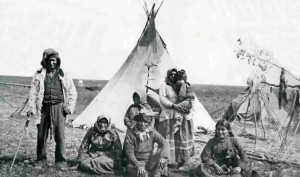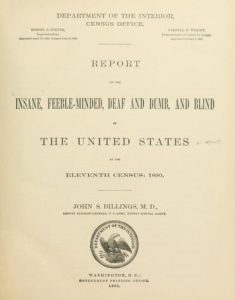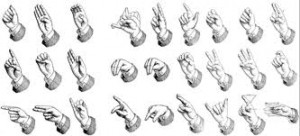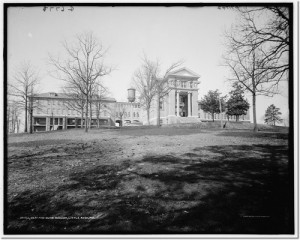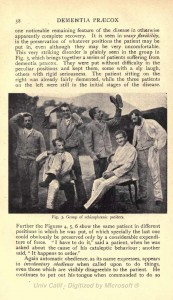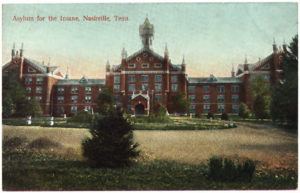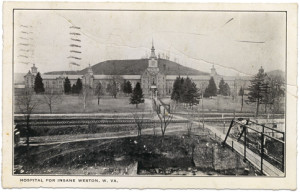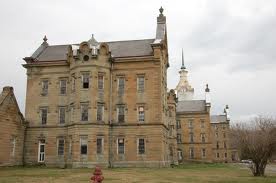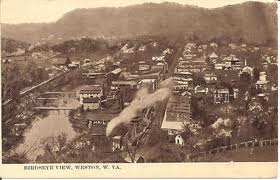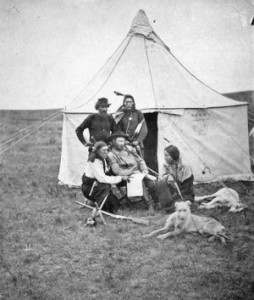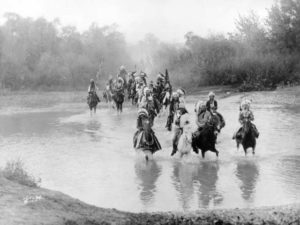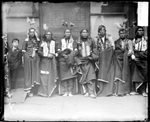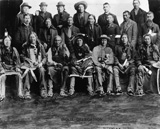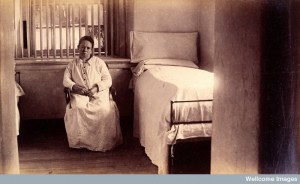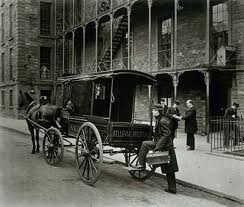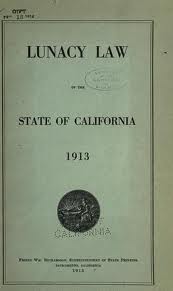Newspapers can give tremendous insight into an era, and small-town newspapers are gold mines of localized information, attitudes, and values. Many reported the comings and goings of their town’s citizens and reported on odd topics of interest. On Jan 22, 1904, the following items appeared in The Sioux Valley News in Canton, SD:
— Mrs. George Alexander of Poughkeepsie, N.Y. began crying for no apparent cause and literally sobbed herself to death.
— A few days ago H. Davison of Norfolk, Neb., purchased a pair of blue socks. Now his feet are in such a condition from wearing them that his attending physician says they will have to be amputated.
— As a result of drinking ginger ale flavored with lemon extract, Charles Benke, Albert Lewis and William Prudence are dead at Alexander, Ark.
The modern reader wonders what in the world happened in these three medical incidents, which were published as straightforward news items.
________________________________________________________________________
